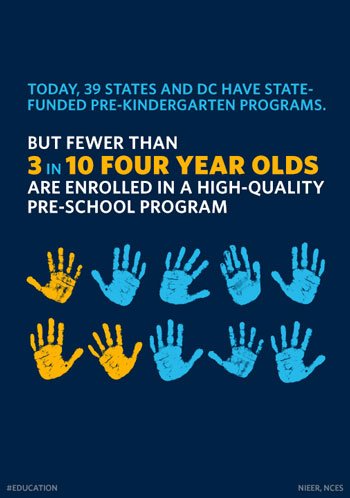 For well over one hundred years, the lecture method of instruction has been taking a severe beating. Critics pointed to auditorium style lecture halls all over the world, filled with students in varying stages of boredom, with some even fast asleep.
For well over one hundred years, the lecture method of instruction has been taking a severe beating. Critics pointed to auditorium style lecture halls all over the world, filled with students in varying stages of boredom, with some even fast asleep.
Educational theorists attack the method as failing to prepare students for living in the modern world, even as far back as the time of John Dewey and others at the turn of the twentieth century.
Now, here we are in the twenty-first century and the lecture method is receiving even more body blows. Once again, we read in the popular literature how traditional education is failing to produce learners with the skills necessary for surviving and thriving in the twenty-first century. What people like Dewey suspected – that the kind of passive involvement inherent in the lecture method was not conducive to learning – is now the subject of rigorous scientific research.
Computerized imaging technology has paved the way for researchers to look at what goes on in the brain and how it learns. Although there are those who would argue their findings are not conclusive, the clear indication is the brain requires active involvement to learn.
Considering this history and contemporary research on the subject, why would any human being anywhere in the world pay perfectly good money to attend lecture presentations?
Think about that for a moment and you will realize there are experts everywhere who show up in auditoriums across the globe to share their knowledge in a lecture-style presentation, and people often pay exorbitant amounts for the privilege of listening.
Why do they go? And why are they not bored when they get there?
The principal reason is relevance. They see the topic of the lecture as relevant to an immediate need in their own lives and in many cases as a potential solution. As an example, consider a lecture presented by one of the world’s most successful investors on successful strategies for investing in the share market.
It is likely you will find many people in the audience in the age range of 18 – 21. Nor will you find many attendees who are already retired and in their 70’s and beyond. What you will find are people with money to invest right now looking for advice on where to put it.
The better presentations include graphics and time for interaction between the expert and the audience, usually in the form of question and answer sessions. However, no matter how you dress it up, the basic nature of the presentation is still a lecture from expert to novice.
You can find examples of presentations like this in many fields of interest, from health maintenance to dog training. The successful presenters in each field share the common bond of providing information their audience sees as relevant to their lives.
Educational theory is a wonderful thing, but in actual real-world practice, it is a fact that some content seems to have no immediate relevance to the students involved. What is an instructor to do?
First, recognize the formidable power relevance has and then look for relevance – even if it is future-oriented rather than immediate – in your own content. In almost all cases, it is there and as the one more knowledgeable about the content, you are in a better position to find it than are your students. Once you have your own reasons, share them with your students, and ask them whether they see the potential relevance you see.


